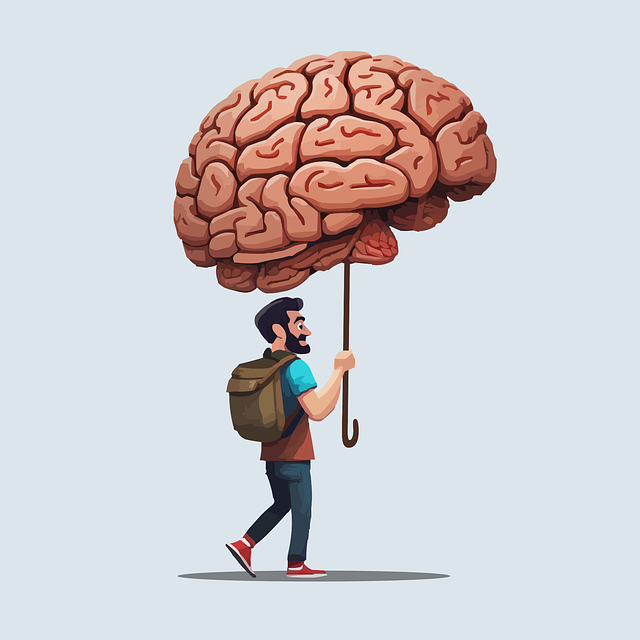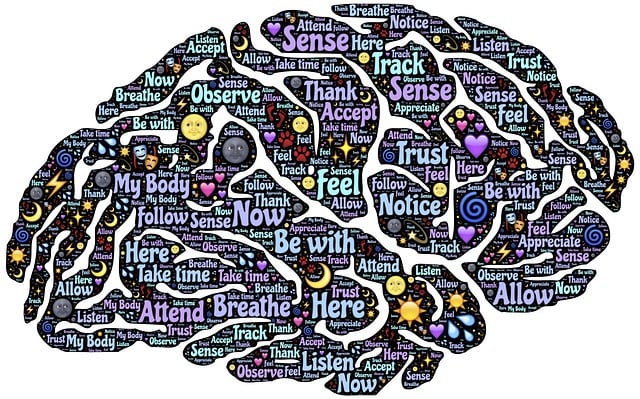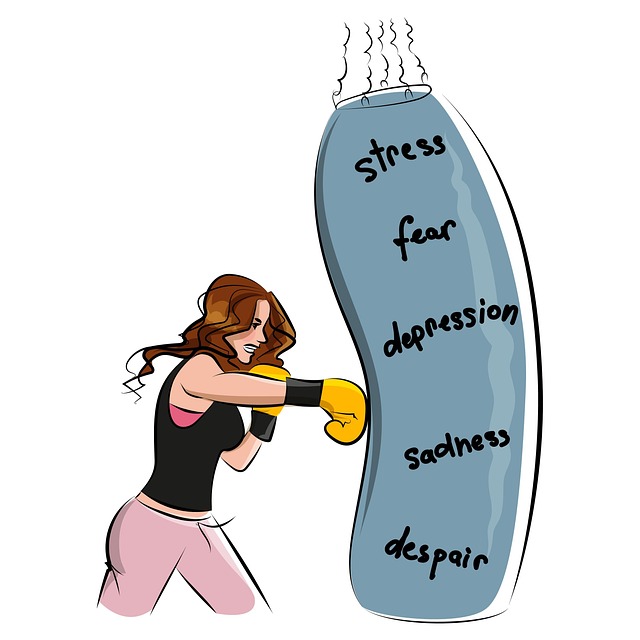Golden Adolescent and Teen Therapy (GATT) is an evidence-based approach to risk assessment and harm minimization, addressing unique vulnerabilities of teens. By identifying and evaluating risks, therapists guide young people towards healthier coping strategies and better decision-making. GATT incorporates tailored safety plans, crisis intervention guidance, and interventions like Social Skills Training and Stress Management to build emotional resilience. This dynamic, community-focused therapy promotes well-being by empowering adolescents with tools to navigate life's challenges proactively, fostering a brighter future.
In the realm of adolescent therapy, risk assessment and harm minimization planning are indispensable tools for ensuring the well-being of young individuals during their critical ‘golden’ years. This comprehensive guide explores key aspects of effective strategies. From understanding the cornerstone of risk assessment to identifying vulnerabilities in teens, developing robust minimization plans, implementing evidence-based interventions, and continuous monitoring, therapists can foster a safe environment that promotes healthy development. Discover how these practices empower professionals to navigate the complexities of teen therapy and contribute to positive outcomes.
- Understanding Risk Assessment: A Cornerstone for Adolescent Therapy
- Identifying Potential Harms and Vulnerabilities in Teens
- Developing a Comprehensive Minimization Plan: Strategies for therapists
- Implementing Evidence-Based Interventions for Risk Mitigation
- Continuous Monitoring, Evaluation, and Adjustment: Ensuring Safety in Golden Years of Adolescence
Understanding Risk Assessment: A Cornerstone for Adolescent Therapy

Risk assessment is a foundational component of effective adolescent therapy, particularly for Golden Adolescent and Teen Therapy. It involves identifying potential risks or hazards in a young person’s life and evaluating their likelihood and potential impact. This process enables therapists to implement tailored harm minimization strategies, ensuring the safety and well-being of their clients. By proactively addressing risks, therapists can guide adolescents towards healthier coping mechanisms and positive decision-making skills.
In the context of crisis intervention guidance, conflict resolution techniques, and fostering positive thinking, risk assessment plays a pivotal role. It helps in recognizing warning signs of potential crises, such as suicidal ideation or escalating conflicts. Through rigorous risk assessment, therapists can develop comprehensive safety plans, offer appropriate support, and empower adolescents to navigate challenging situations effectively. This proactive approach not only minimizes harm but also equips young individuals with valuable tools for long-term resilience.
Identifying Potential Harms and Vulnerabilities in Teens

Teens, often referred to as the golden age for adolescent development, are a unique demographic when it comes to risk assessment and harm minimization. This phase is characterized by rapid emotional growth, increased independence, and exploration of identity, making them susceptible to various risks. Identifying potential harms specific to this age group requires a nuanced understanding of their psychological landscape.
Emotional regulation and resilience building are critical aspects to consider in teen therapy. Many young individuals struggle with navigating intense emotions, peer pressure, and the constant demand for self-expression in today’s digital age. Crisis intervention guidance becomes essential as teens may face challenges that impact their mental well-being, including social media pressures, academic stress, or family conflicts. By addressing these vulnerabilities early, Golden Adolescent and Teen Therapy can play a pivotal role in equipping them with coping strategies to navigate life’s complexities safely.
Developing a Comprehensive Minimization Plan: Strategies for therapists

In Golden Adolescent and Teen Therapy, developing a comprehensive harm minimization plan is an integral part of therapists’ responsibilities. This involves strategic interventions to support young individuals navigating emotional and behavioral challenges. Therapists can play a pivotal role in fostering resilience by incorporating tailored strategies that address each client’s unique needs. For instance, Social Skills Training can equip teens with effective communication tools, enhancing their ability to manage interpersonal conflicts constructively.
Additionally, integrating Stress Management and Emotional Regulation techniques empowers adolescents to cope with demanding situations. Therapists can guide clients in identifying healthy coping mechanisms, such as mindfulness exercises or cognitive reframing, enabling them to regulate emotions effectively. By implementing these strategies, therapists contribute significantly to the overall well-being of their young clients, fostering a more positive and proactive approach to life’s challenges.
Implementing Evidence-Based Interventions for Risk Mitigation

Implementing evidence-based interventions is a cornerstone of effective risk assessment and harm minimization planning, especially for vulnerable populations such as adolescents and teens. Golden Adolescent and Teen Therapy (GATT) plays a pivotal role in this process by drawing on research to develop tailored strategies that address specific risks. For instance, Mental Wellness Coaching Programs can empower young individuals to manage stress, anxiety, and other mental health challenges proactively, thereby reducing the likelihood of risk-taking behaviors.
Crisis Intervention Guidance, another crucial component, is integrated into GATT to provide immediate support during times of heightened distress or crisis. This proactive approach ensures that adolescents and teens have access to essential tools and resources to navigate challenging situations safely. Furthermore, Community Outreach Program Implementation expands the reach of these interventions by bringing mental wellness coaching and crisis intervention services directly into communities where at-risk youth are most likely to be found.
Continuous Monitoring, Evaluation, and Adjustment: Ensuring Safety in Golden Years of Adolescence

The journey into adolescence is a transformative period, often dubbed the “golden years,” where young individuals explore their identities and navigate complex emotions. Effective therapy for teens and adolescents focuses on continuous monitoring and evaluation to ensure safety and support during this pivotal phase. This dynamic approach involves regular check-ins and adjustments to treatment plans, acknowledging that the needs of young people can evolve rapidly. By embracing flexibility and adaptability, therapists foster a nurturing environment that promotes emotional healing processes, cultivates inner strength development, and prevents burnout—crucial elements for navigating the challenges of adolescence with resilience. Through this iterative process, teens gain valuable coping mechanisms and a deeper understanding of themselves, setting them up for a healthier and more fulfilling future.
Risk assessment and harm minimization planning are indispensable tools in the arsenal of therapists supporting golden adolescent and teen therapy. By thoroughly understanding risk factors, identifying vulnerabilities, and implementing evidence-based interventions, therapists can create comprehensive minimization plans that promote safety and well-being. Continuous monitoring, evaluation, and adjustment ensure these strategies remain effective as adolescents navigate the complex landscape of their developing selves. Through these proactive measures, therapists empower teens to embrace a brighter future, minimizing risks and maximizing resilience.














